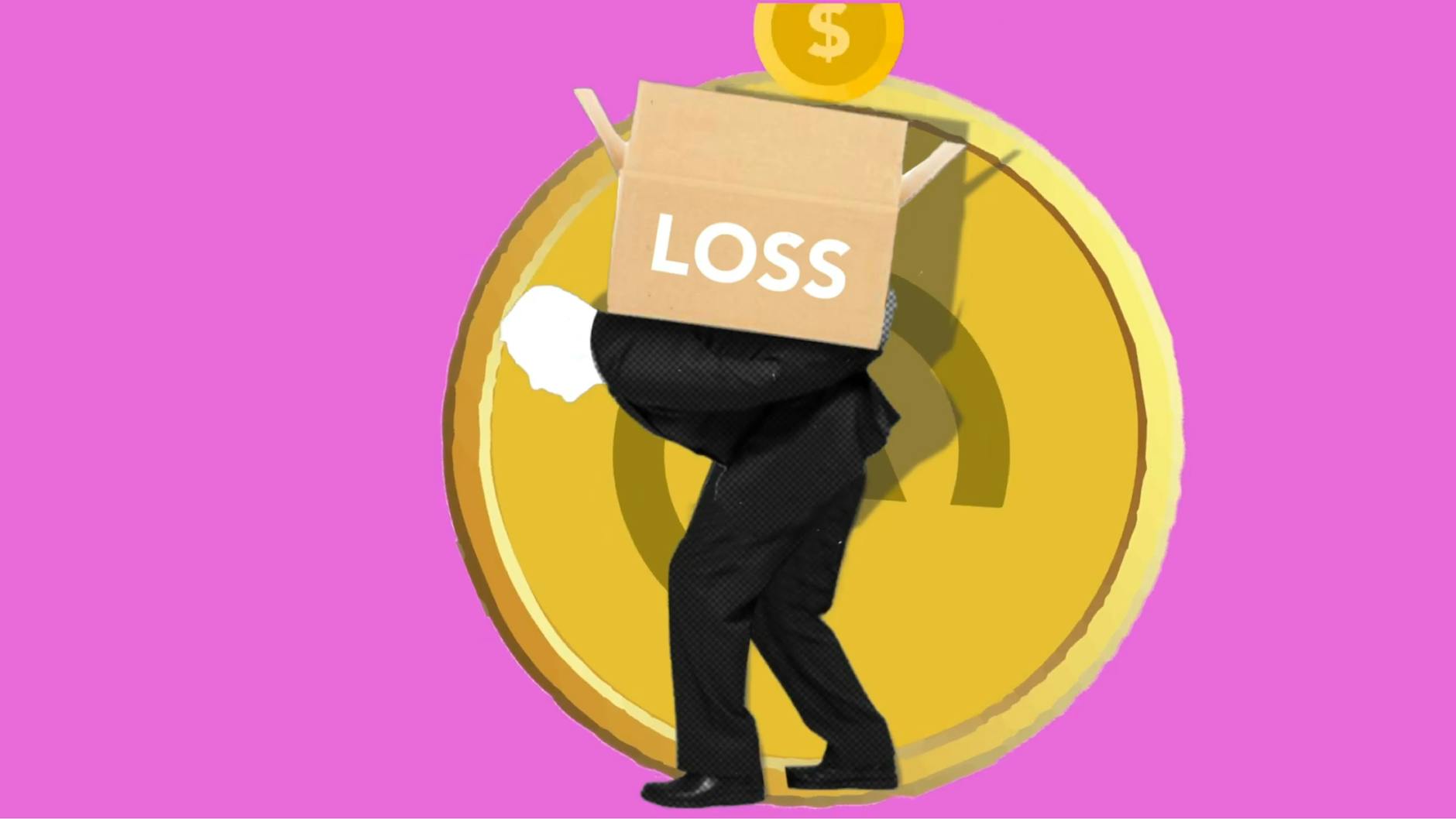Market crash not part of Trump’s strategy, says top White House economic advisor
Market Crash Not Part of Trump’s Strategy, Says Top White House Economic Advisor
Concerns over recent market turbulence have sparked discussions surrounding the Trump administration’s economic strategies. Social media speculation and certain high-profile claims have pointed fingers at President Donald Trump, suggesting intentional moves to destabilize markets. However, Kevin Hassett, the White House National Economic Council Director, insists this narrative is far from their economic goals. Understanding the broader implications of such claims requires an in-depth look at the economic and political landscape at play.

The Controversy Surrounding Trump’s Economic Strategy
Questions about Trump’s approach to handling the economy aren’t new but have intensified in light of recent economic downturns. Amid a backdrop of sharp stock market drops and bold tariff announcements, some critics argue these are deliberate attempts to gain political leverage. Social media buzz and news outlets have highlighted bold claims, including accusations that the administration is manufacturing market instability.
Much of the speculation hinges on the timing of new tariffs and their impact on global markets. For instance, Kevin Hassett recently addressed these concerns during a press event, reiterating that Trump respects market independence, and no deliberate effort to tank the economy exists (source).
The Role of Tariffs in the Market Decline
The implementation of sweeping tariffs has shaken financial markets. These measures, which include a base 10% tariff on imports with planned escalation, led to significant corrections across indices like the Dow Jones, S&P 500, and Nasdaq. While global leaders and economic analysts attribute these moves to protectionist policies, Hassett counters the criticism. He claims the tariffs aim to protect U.S. economic interests, enforcing fair trade practices instead of sabotaging them (link).
Despite this sentiment, skeptics remain concerned. Larry Summers, a former U.S. Treasury Secretary, has warned that the fallout from these policies could result in higher inflation, job losses, and a weaker GDP trajectory (source).
Social Media and Public Confusion
Further muddying the waters, Trump’s social media posts have added layers of confusion. At times, he’s hinted at acute awareness of market volatility, leading supporters to assume the strategy involves short-term pain for long-term economic gain. Critics, however, argue that such posts are used to deflect responsibility and manipulate public perception (source).
White House Economic Advisor’s Defense
Kevin Hassett has been one of the leading voices pushing back against claims of deliberate action to destabilize markets. His statements stress a broader vision supporting the administration’s trade and economic goals.
Clarifying Misinterpretations
One major issue Hassett seeks to address is widespread misinterpretation of the administration’s strategy. He explains that while market uncertainty is a short-term consequence of implementing tariffs, the broader goal focuses on building leverage in global trade negotiations. He also noted that more than 50 countries had either responded to or initiated talks with the U.S. following these tariff measures – a sign of progress in forcing trade renegotiations (link).
Criticism from Experts and Economists
Experts have expressed skepticism about the administration’s moves. For instance, JPMorgan predicts decreased GDP growth alongside a potential 2% uptick in consumer prices. As markets reel, the global economic outlook remains uncertain. Goldman Sachs and other financial institutions have raised concerns over exacerbated risks of worldwide recessions (link).
Wider Context of Trump’s Global Trade Efforts
The implementation of tariffs and recent market developments are part of Trump’s broader vision to reshape the U.S.’s standing in global trade.
Increased Trade Negotiations Among Countries
As stated by Hassett, tariffs have already prompted more international outreach than anticipated, with over 50 nations initiating or resuming trade negotiations. This surge in diplomatic engagement underscores the administration’s intent to push for favorable deals by leveraging tariffs as bargaining chips (source).
Selective Policy Approaches
Notably, the administration has tailored its policies depending on geopolitical influences. For example, while levying tariffs on major economies, exemptions or delays apply to countries involved in peace negotiations with the U.S., such as Russia. This selective application demonstrates a blend of economic and political considerations informing Trump’s strategy.
Conclusion
The debate over Trump’s economic strategy and the recent market crash allegations remains heated. While the administration, backed by Hassett, maintains tariffs and related measures are strategic moves to enhance trade fairness, economists and observers highlight significant risks. The market volatility, paired with global economic uncertainties, casts doubt on whether the strategy will deliver its intended outcomes.
As investors and policymakers await definitive results, one thing is clear: the intersection of politics and economics continues to shape the narrative surrounding U.S. markets. Whether Trump’s approach fosters long-term success or causes deeper turmoil will only unfold with time.







